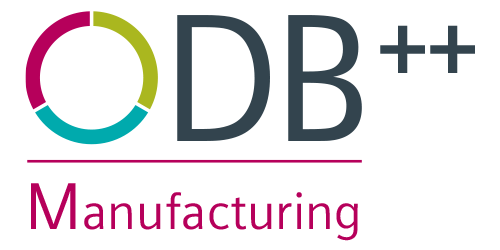It provides a common language for the manufacturing shop floor
Automated equipment must speak the same language, to enable the automated decision making and intelligence every modern factory is striving towards.
Previous shop-floor protocols and communication standards are aging rapidly, and specifications and concepts have become fragmented over the years. As technology changes, it is clear a new breed of protocols and standards are needed, building on wider IoT best practice, but also ensuring the specific needs of the electronics industry are met.

WHY ODB++Manufacturing?
The ODB++Manufacturing standard, the specification of which is available free of charge to website members, has been initially contributed to the industry by Mentor Graphics based on many years of PCB assembly shop-floor communication experience, where information from production processes has been gathered in real-time and applied to real-world manufacturing shop-floor solutions such as finite production planning, Lean material management, quality management, and full materials and production traceability. This represents a high-value working starting point that is available for use right here, right now.
FAQ
Who owns ODB++Manufacturing Specification?
Siemens owns the ODB++Manufacturing format. Siemens assumed the stewardship of the specification the acquisition of Mentor Graphics, the original creator of the format.
What is the aim and scope of ODB++Manufacturing?
The aim is to establish, for the first time in PCB assembly industry, a true high-specification complete standard for the exchange of information between all production processes and IT systems. Driven by the need for computerization of factories following such initiatives as Industry 4.0 and Smart Factory 1.0, ODB++Manufacturing allows the interconnectivity of any production process to any other production or business process, including SMT machines, automated inspection, test, repair, assembly, re-work, warehouse, and engineering.
Is ODB++Manufacturing an open standard?
Siemens Digital Industries Software uses ODB++Manufacturing as an internal standard.
How is ODB++Manufacturing maintained?
Siemens is committed to maintain and further advance the capabilities available through the ODB++M specification based on the industry’s requirements.

